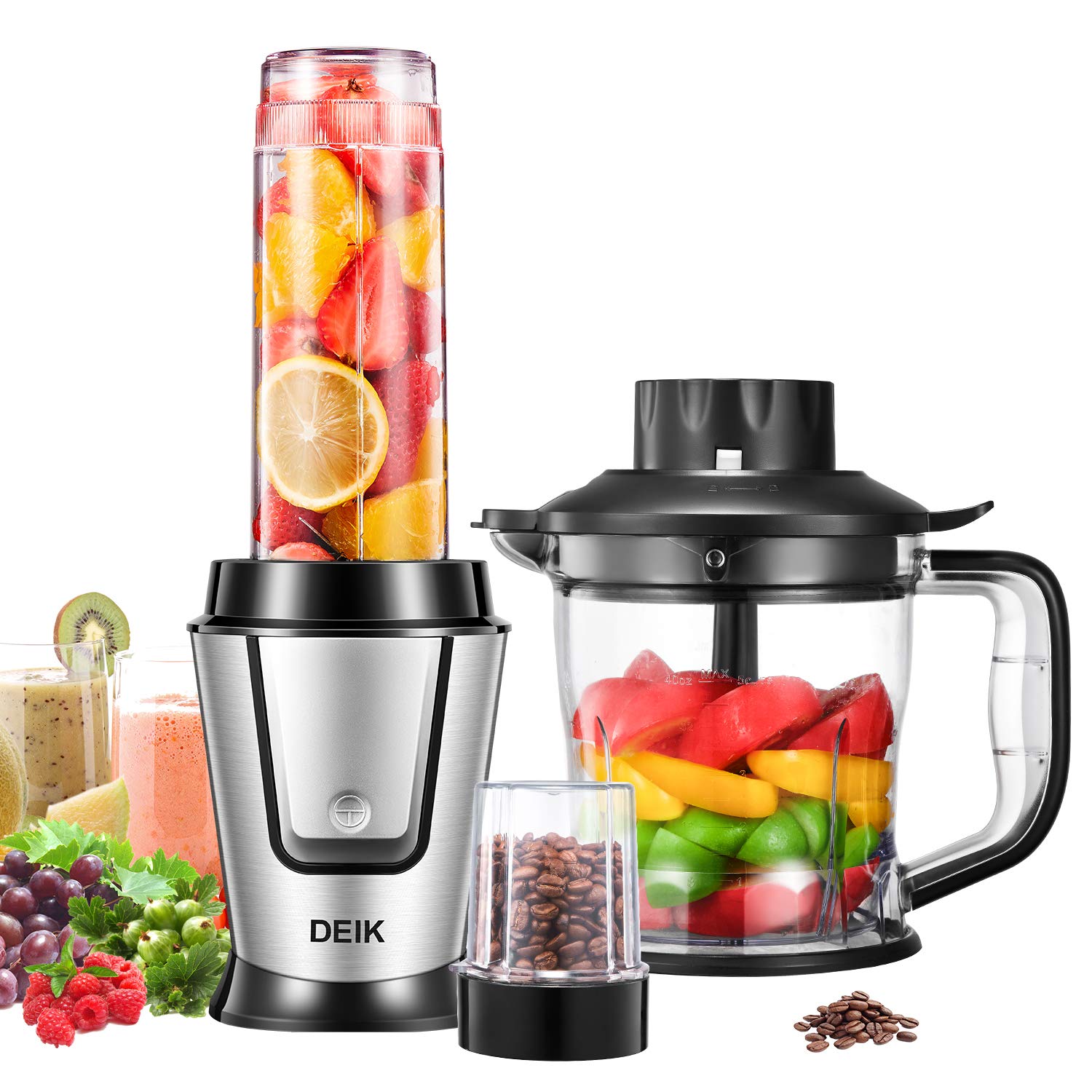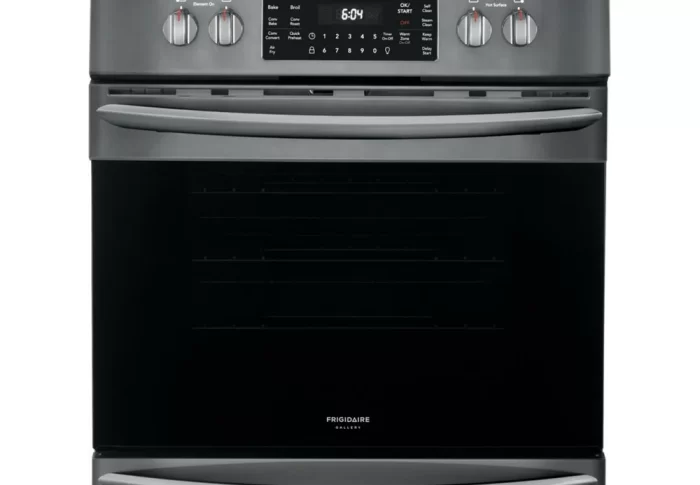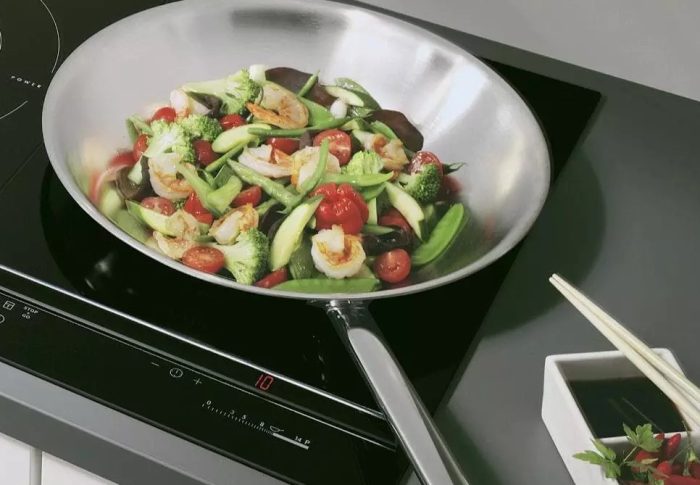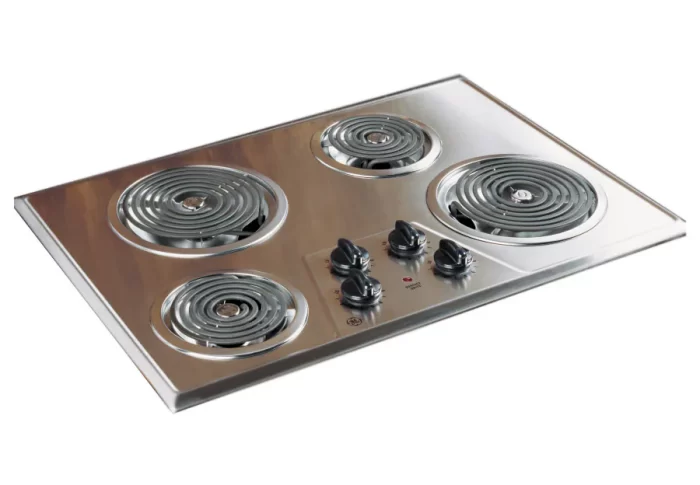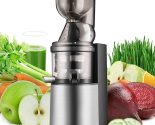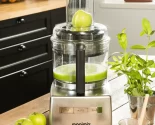
The Difference Between Blender and Juicer
When it comes to kitchen appliances that facilitate healthful eating, blenders and juicers are two of the primary options that come to mind. Both are designed to process fruits and vegetables, but they do so in unique ways that cater to different dietary needs and preferences. Understanding the difference between a blender and a juicer can significantly influence your food preparation methods, impacting everything from your daily nutrition to the texture and taste of your drinks. In this article, we will delve into how blenders and juicers differ, the technology behind each appliance, their respective benefits and drawbacks, and specific uses for both.
What is a Blender?
A blender is a multipurpose kitchen appliance that combines food items into a smooth liquid or paste. It comes equipped with sharp blades that spin at high speeds to cut, chop, and blend various ingredients. Blenders are generally used to make smoothies, soups, sauces, and even certain kinds of desserts.
How Blenders Work
Blenders operate on a simple principle: high-speed blades create a vortex that pulls the ingredients down into the blades, mixing them thoroughly. The control panel typically has various settings, allowing for different speeds and pulse options. Most blenders come with a pitcher or jar, which is designed to hold the ingredients and withstand high speeds and temperatures.
Types of Blenders
Blenders can be differentiated into several categories based on design and functionality:
- Countertop Blenders: Ideal for household use, these are large, powerful blenders perfect for smoothies and soups.
- Personal Blenders: Compact and often designed for single servings, these blenders are ideal for those who enjoy smoothies on the go.
- Immersion Blenders: Also known as hand blenders, these appliances allow you to blend directly in a pot or bowl, reducing the need for transferring hot liquids.
- High-Speed Blenders: Featuring advanced technology, these blenders can crush ice and blend tougher ingredients like nuts into nut butter.
Nutritional Considerations
One of the advantages of using a blender is that it retains all the fiber present in fruits and vegetables. Fiber is essential for digestive health and can help maintain a sense of fullness, which is beneficial for weight management. Since blenders process whole fruits and vegetables, the resulting mixture is thicker and has a more substantial texture.
What is a Juicer?
A juicer, on the other hand, is specifically designed to extract juice from fruits and vegetables while discarding the pulp. The primary goal of a juicer is to provide a concentrated source of essential nutrients and flavors in liquid form.
How Juicers Work
Juicers operate through various mechanisms depending on the type:
- Centrifugal Juicers: These juicers use a spinning motion to shred fruits and vegetables quickly. The centrifugal force pushes the juice out while separating the solids, which are left in a separate compartment.
- Masticating Juicers: Also known as cold press juicers, these operate at a slower speed, grinding and pressing the fruits and vegetables to extract juice. This method tends to retain more nutrients and enzymes compared to centrifugal juicers.
- Citrus Juicers: Designed specifically for citrus fruits, these juicers often come with a reamer that extracts juice while keeping seeds and pulp out.
Types of Juicers
Just like blenders, juicers can also be classified into different types based on functionality:
- Centrifugal Juicers: Fast and convenient, these juicers can handle various fruits and vegetables, making them popular for quick juice preparation.
- Cold Press Juicers: Slower and more efficient in nutrient extraction, these juicers are often favored by health enthusiasts looking to maximize nutritional intake.
- Twin Gear Juicers: These are high-end models that use twin gears to extract juice and are capable of juicing leafy greens and other hard-to-juice items.
Nutritional Considerations
One significant distinction regarding nutrition is that juicers separate fiber from the juice they produce. While this results in a smoother, more concentrated liquid, it means that you miss out on the fiber, which plays a crucial role in a balanced diet. Juices made from juicers tend to deliver vitamins and minerals in a more bioavailable form, enabling quick absorption into the bloodstream.
Benefits of Using a Blender
Blenders offer a range of benefits, making them suitable for a variety of culinary tasks:
Versatility
Blenders are incredibly versatile; beyond just smoothies, you can make soups, dips, dressings, and even frozen desserts. Their capability to blend both soft and hard items makes them essential for various recipes.
Fiber Retention
Blending retains all the fiber in the ingredients, resulting in more satiating drinks and meals that benefit digestive health. This can be particularly crucial for those looking to manage their weight or improve gut health.
Time Efficiency
Blenders are often quicker to use than juicers, particularly when preparing meals. You can throw in whole fruits and vegetables and have a finished product in a matter of minutes.
Benefits of Using a Juicer
Juicers also come with their own set of advantages that cater particularly well to some dietary preferences:
Enhanced Nutrient Absorption
Since juicers extract juice from fruits and vegetables while discarding the pulp, the resulting liquid is often richer in vitamins and minerals. This concentrated form allows for quicker nutrient absorption.
Easier Digestion
Juices are easier for the stomach to digest compared to whole fruits and vegetables, making them ideal for those with digestive issues. This may enable some people to incorporate a broader variety of fruits and vegetables in their diet.
Refreshing Hydration
Juices provide an incredibly refreshing drink, often packed with hydrating ingredients like cucumber, watermelon, and coconut water. They can make a delightful addition to hot days or post-workout recovery.
The Overall Utility: When to Use Each Appliance
Understanding when to use a blender versus a juicer can help you craft a balanced diet:
When to Use a Blender
- Smoothies: For those who want a nutrient-dense breakfast or snack, blending fruits, vegetables, yogurt, or nut milk can make for a satisfying smoothie.
- Soups and Sauces: Blenders can turn cooked vegetables and broth into smooth soups or sauces, perfect for quick meals.
- Nut Butters: While some high-end blenders can manage nut butter, it usually requires more power and time, making a blender a feasible option.
- Dips and Dressings: Blenders are great for creating creamy dips (like hummus) and salad dressings, helping incorporate a range of flavors and ingredients.
When to Use a Juicer
- Green Juices: Masticating juicers excel at extracting juice from leafy greens, helping those who want to increase their vegetable intake without the fiber.
- Detox Juices: Some people prefer juicing as a part of a detox routine. Juicers can extract juice from fruits and vegetables known for detoxifying properties.
- Flavorful Mixes: Juicing allows you to combine distinct flavors into refreshing drinks, emphasizing fruits that may be less palatable in their whole form.
- Hydrating Beverages: When hydration is a priority, juicers can quickly produce refreshing drinks from watermelon, cucumber, and other hydrating foods.
Environmental Impact: An Overlooked Difference
Both blenders and juicers can have varying environmental footprints based on their design and usage:
Blenders and Sustainability
Blenders generally use less energy than juicers due to their faster processing speeds. However, the type of ingredients used can still impact their overall environmental impact. Opting for organic fruits and vegetables, reducing food waste, and recycling plastic containers can enhance a blender’s sustainability.
Juicers and Sustainability
Juicers tend to produce more waste in the form of pulp, which can become an environmental concern if not disposed of properly. However, many juicers are designed to allow you to use the pulp in other recipes, such as soups, muffins, or compost, making your operation more sustainable.
 Conclusion: Understanding the Difference Between Blender and Juicer
Conclusion: Understanding the Difference Between Blender and Juicer
In summary, the difference between a blender and a juicer significantly influences how you incorporate fruits and vegetables into your diet. While blenders are versatile and retain the fiber content of ingredients, juicers focus on extracting concentrated juice rich in vitamins and minerals. Your choice between a blender and a juicer should depend on your dietary needs, your lifestyle, and what type of beverages you prefer. Recognizing their unique features, functionalities, and nutritional benefits will help you make an informed decision that supports your health and culinary preferences.

